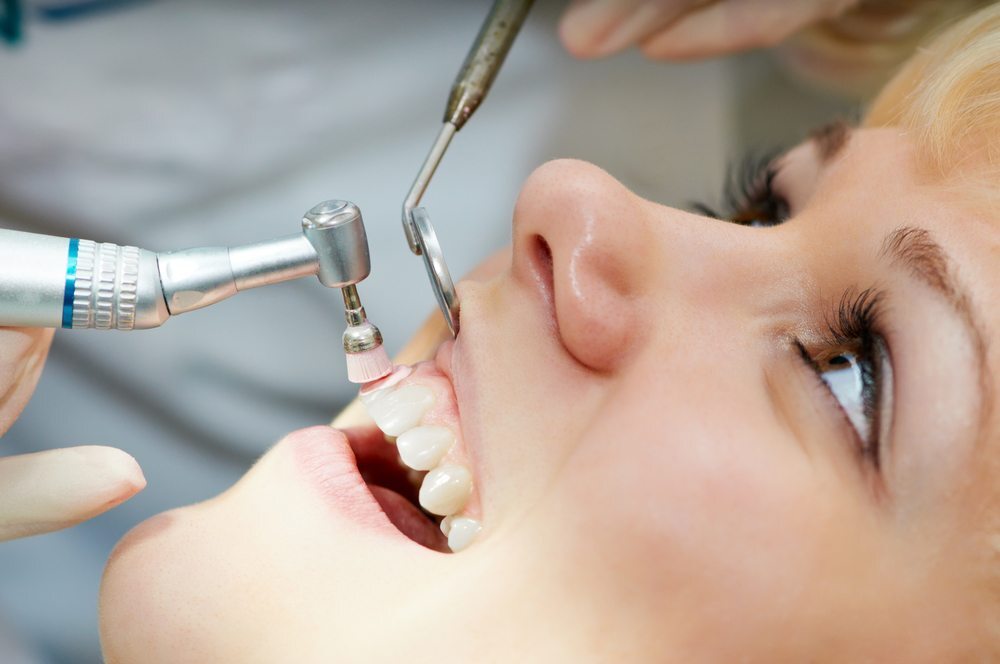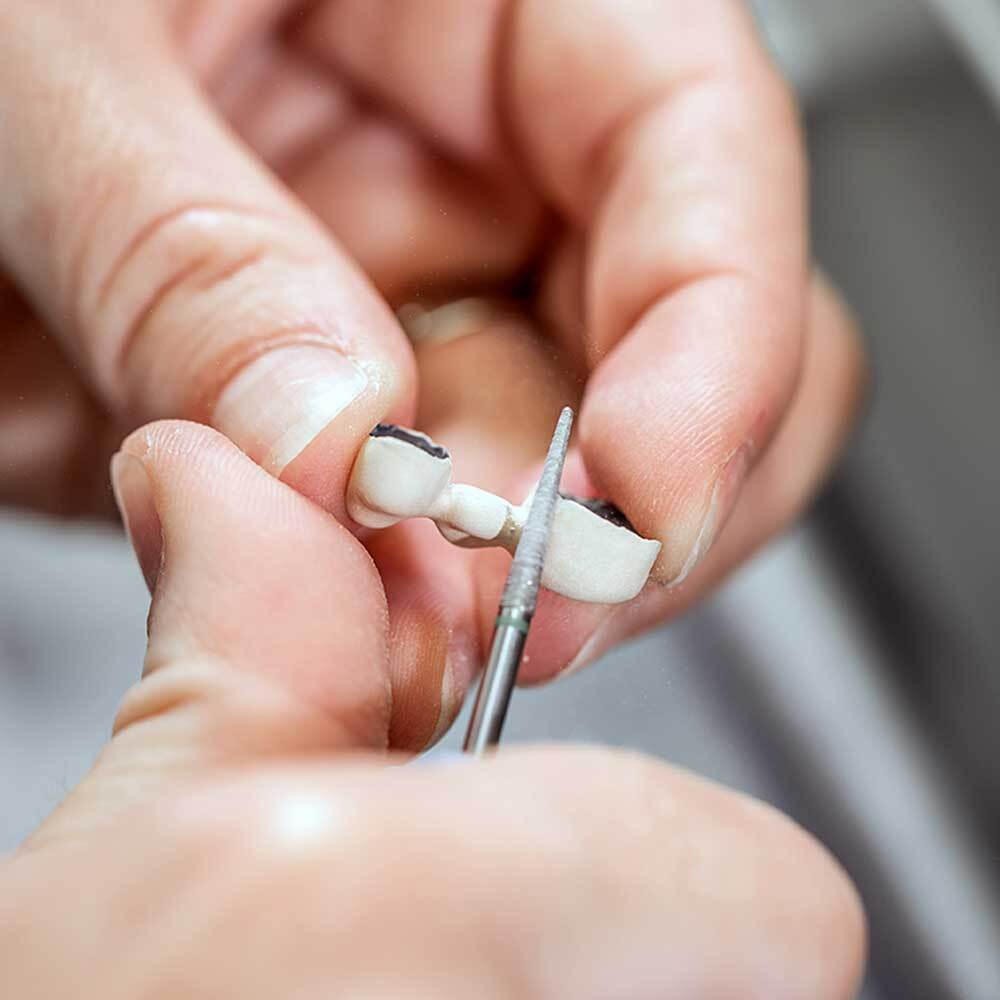
Have you ever wondered how your teeth transform throughout your life? As we go from childhood to adolescence, navigate the challenges of adulthood, and gracefully age into the golden years, our teeth change with us. And it’s not just aging – our lifestyles can affect our teeth, too.
Tooth wear is one of the most common types of tooth damage seen in your average dental clinic. This isn’t the dramatic cracks and breaks; this is the gentle erosion of the enamel over time. It’s much more subtle but can have a big impact on your dental health. That’s why it’s important to understand how our choices affect our enamel as we age.
Let’s begin at the beginning.



At around six months, we get our first set of teeth. These primary “milk” teeth are key for speech development, nutrition, and even the alignment of our permanent adult teeth. So you can see that, as parents, we can’t ignore our children’s dental health on the basis that “they’ll get a new set anyway.” That’s just looking for trouble.
The foods we eat as children, especially sugary snacks and acidic drinks, can erode the enamel of the teeth. Habits like thumb-sucking or prolonged use of dummies after the first year can also impact tooth alignment and cause early tooth damage. The American Academy of Pediatric Dentists (AAPD) recommends scheduling twice-yearly dental appointments for kids, starting six months after the first tooth emerges. This will help you catch any tooth wear early and rectify bad habits before serious problems develop.
Introduce dental care routines early on. This includes gentle brushing, regular check-ups, and using dental sealants to protect young teeth. Choose a toothpaste with fluoride, known for strengthening enamel. From the beginning, it’s important to use a soft-bristled toothbrush and brush with gentle, circular motions. Aggressive brushing can contribute to enamel wear over time – even for adults!
As we hit adolescence, our bodies begin to undergo a host of changes, both physical and social. The teen years are prime time for orthodontics, not least because the teens themselves start becoming hyperconscious of their appearance. While braces or aligners can be transformative, they can also erode the enamel. This should be carefully monitored by your orthodontic specialist.
The world of contact sports opens up in the teen years, but playing without mouthguards can also contribute to enamel erosion. Of course, this is a good habit to build for general dental health and safety.
Although approaching adulthood, teenage eating patterns continue to include a lot of sugary and acidic foods. Although most teens are probably the least likely to listen to good advice, it’s worth reminding them to drink acidic drinks in one go, not throughout the day, not to swish acidic drinks around in their mouths (just swallow it!), and not to hold acidic fruits, like oranges, in their mouths for long periods of time. Even a small change can help prevent wear.
As with every stage, regular visits to your dental clinic are essential.
As we reach adulthood, our smiles settle into what we’ll see in the mirror for most of our lives. The changes now reflect our lifestyle choices and dietary preferences more than our age.
Teeth grinding (bruxism) often becomes a problem as we enter the stressful world of higher academia and the working world. The teeth rubbing together can damage your enamel. Speak to your dentist about whether a mouth guard to protect your teeth from nighttime grinding is right for you.
Although adults will generally make somewhat healthier choices on the fizzy drinks front, there are still plenty of acidic or staining foods and beverages that contribute to enamel erosion. That coffee addiction isn’t just bad for your blood pressure.
Smoking and drinking alcohol can also wreak havoc on our enamel health. Having a glass of water between drinks or after a smoke can help wash the erosive chemicals off your teeth and protect them. And, as always, make sure you keep up good dental hygiene habits, including regular visits to your dentist.
Over the years, enamel naturally thins, making teeth more susceptible to tooth wear. Routine check-ups with a reputable dental clinic are, once again, the cornerstone of preventive care. Regular cleanings and check-ups allow for early detection of potential tooth wear issues. They are also an opportunity to discuss preventative strategies or maintenance for any tooth restoration treatments you may have had.
For those over 65, the amount of medications taken every day increases, some of which may cause dry mouth. This increases the risk of tooth decay and enamel erosion. Speak to your doctor and dentist about strategies for combating this side effect.
At any age, but particularly as we get older, a balanced diet with the right nutrition is best for our teeth. Include calcium-rich foods that are great for enamel, like dairy products, leafy greens, and fortified cereals. Consume acidic and sugary foods and beverages in moderation and stay hydrated – water helps produce saliva, which protects against acid attacks.
Regular exercise, a balanced diet, and a solid dental care routine are all key to maintaining healthy teeth and gums. Understanding what causes enamel erosion and tooth wear empowers you to make more informed choices when it comes to your dental health. By adopting these tips and embracing a proactive approach to dental care, you can protect your smile for years to come.
Ready to start? Schedule a virtual consultation with our dental clinic in Cape Town and access Enamel Clinic’s extensive range of smile services, from general dentistry to tooth restoration and more.